This was a perch I had a love-hate relationship with for almost four years. It was a small, very old and sun-bleached snag along the road down unit 1 at Farmington Bay Wildlife Management Area. I loved it because American Kestrels liked to use it as a hunting perch, it was close to the road, not too high and it was natural and photogenic. I hated it because it was on the east side of the road (I could only shoot from the road in my vehicle – open the door and the kestrel skedaddles) which meant that I was usually shooting into the sun in the morning which is my favorite time to photograph birds. Back-lit kestrels are generally not a pretty sight…
That road down unit 1 is closed for the nesting season (March through September) and I was very disappointed to see on my first trip down the road this fall that the snag was gone. It may have fallen down on its own, been removed by refuge managers (which I doubt) or perhaps it was vandalized – I just don’t know. But I will miss it, as will the kestrels I’m sure.
Avian photographers on this continent are well aware of how difficult this species is to get close to – they’re very skittish and almost never allow a close approach for photography. That changes in mid-winter when it’s very cold. They simply are much more reluctant to fly when it’s that frigid and the photographer can occasionally get quite close to them, especially when shooting from a vehicle. But most nature photographers prefer their birds on natural perches and these little falcons have a maddening penchant for hunting from telephone wires and poles – hardly the ideal perch for the photographer. So the other challenge is finding them on a pleasing perch and this snag fit the bill perfectly.
Each of the eight photos below is sequential, presented in the order I took them and with dates provided to show how long I’ve relied on this perch.
December 31, 2007
1/800, f/10, ISO 640, 500 f/4, 1.4 tc
My best bet with kestrels on this perch was always to hope for diffuse light – thin clouds with snow on the ground to reflect light back at the bird. Which is exactly what I got for this shot. It was mostly cloudy with a small break in the clouds behind the bird to provide some background color and it had recently snowed. It’s amazing how effective snow is in reflecting light on the subject for the photographer.
December 29, 2008
1/160, f/11, ISO 500, 500 f/4, 1.4 tc
This shot was taken almost exactly a year later – same lighting conditions, same perch, same angle but different pose. I’ve always wondered if it was the same bird…
December 30, 2008
1/2000, f/8, ISO 500, 500 f/4, 1.4 tc
But usually the light out there was not so diffused so I had to deal with direct sunlight from the side which is a real challenge with the whites and darks of the kestrel and a perch that is bleached almost white in some places. Some shots worked, most didn’t. Though the right side of the face is shaded I still thought there was enough detail there to make this work. I like the way the kestrel has lined his body up with the perch, including giving a direct stare at the viewer. This composition shows more of the snag.
December 31, 2009
1/2000, f/7.1, ISO 640, 500 f/4, 1.4 tc
Here my light was diffuse again so there are no harsh shadows but the catch light in the eye is less distinct. The belly is wet and bloody from its last meal (most likely a vole).
January 4, 2010
1/2500, f/7.1, ISO 500, 500 f/4, 1.4 tc
This is one of the few times I ever saw a female on the snag. As you can see we’d had blowing snow recently.
December 2, 2010
1/630, f/8, ISO 250, 500 f/4, 1.4 tc
Eleven months later, more wind-blown snow on the perch. And the wind is still blowing as you can tell from the feathers on the back.
December 13, 2010
1/1000, f/7.1, ISO 640, 500 f/4, 1.4 tc
This bird preened for me for a good long time and finished it off with a vigorous shake of his feathers. I didn’t have enough shutter speed to freeze the action but I liked the effect of movement, especially on the motion-bent tail feathers. It was almost noon when this shot was taken – late enough in the day that the low winter sun provided some sidelight rather than the impossible backlight. However it did make for a very bright area on the sun-side of the perch.
I have hundreds of images of kestrels on this snag – every one of them taken in the dead of winter. You just can’t get close to them when it warms up. But now the perch is gone. There’s a bright side to all of this – I’ll no longer have to deal with the problem of the awful light angle this perch presented. Only a bird photographer can imagine the frustration of being within 20 feet of a kestrel on a natural perch at eye level with the bird just looking at you like it’s waiting for you to snap the shutter but you know that if you do you’ll just have lots of images to delete when you get home because of the bad light. I must admit that I often fired away anyway – simply could not resist.
I will miss this snag.
Ron


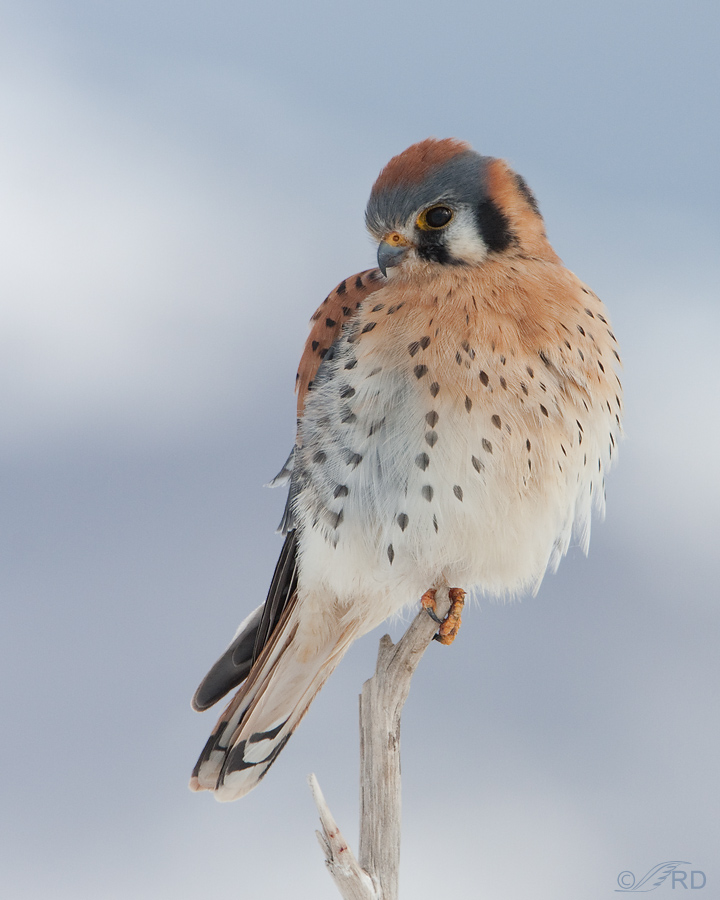
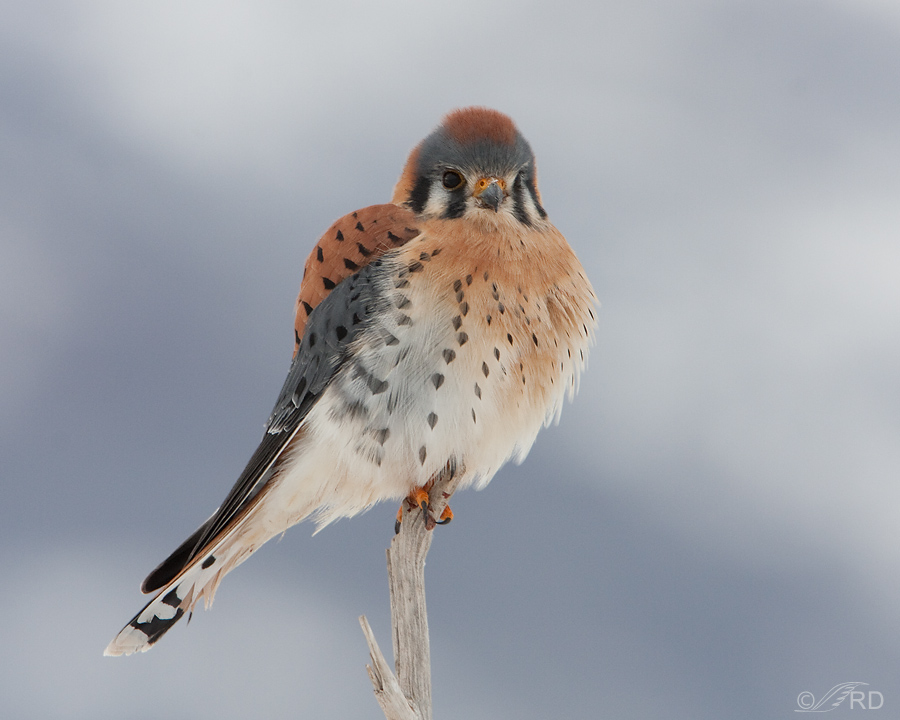
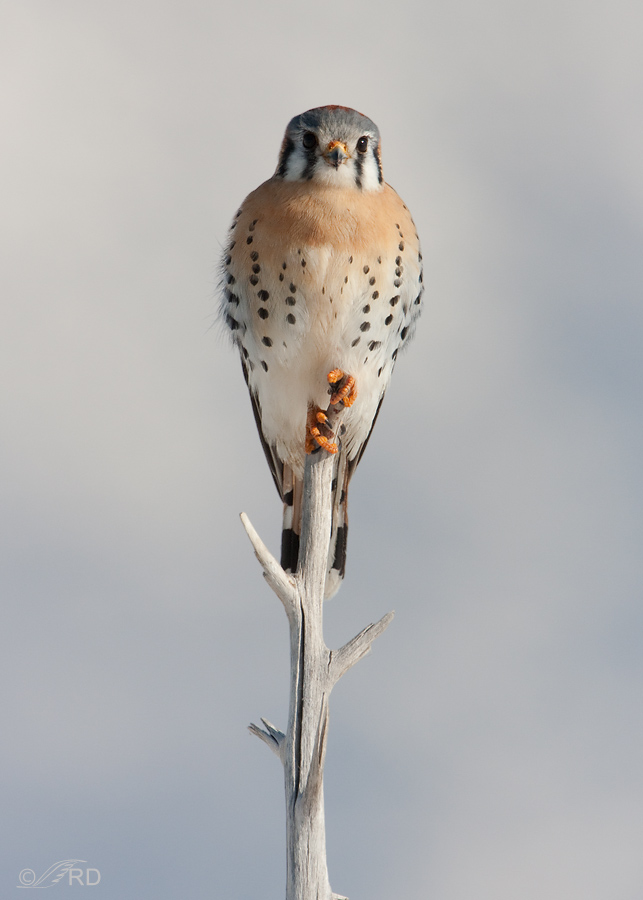
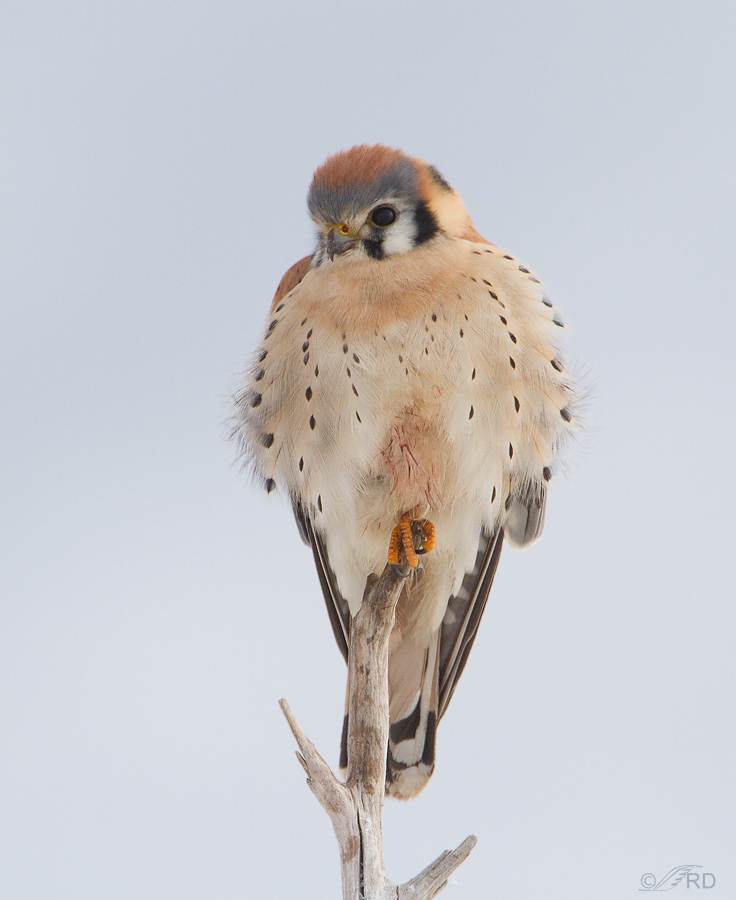
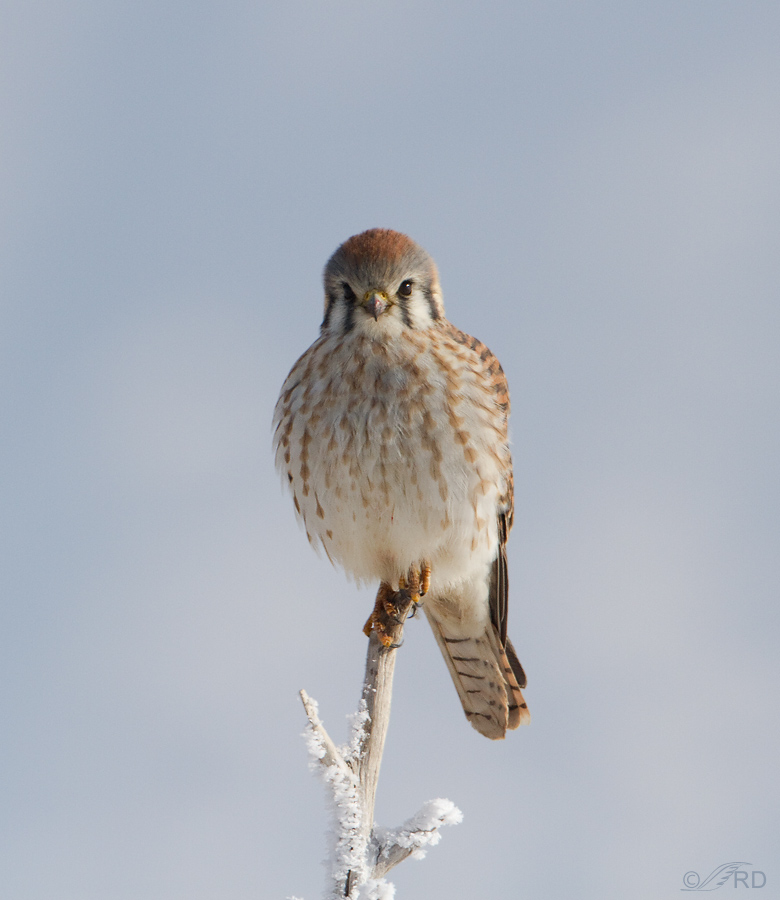
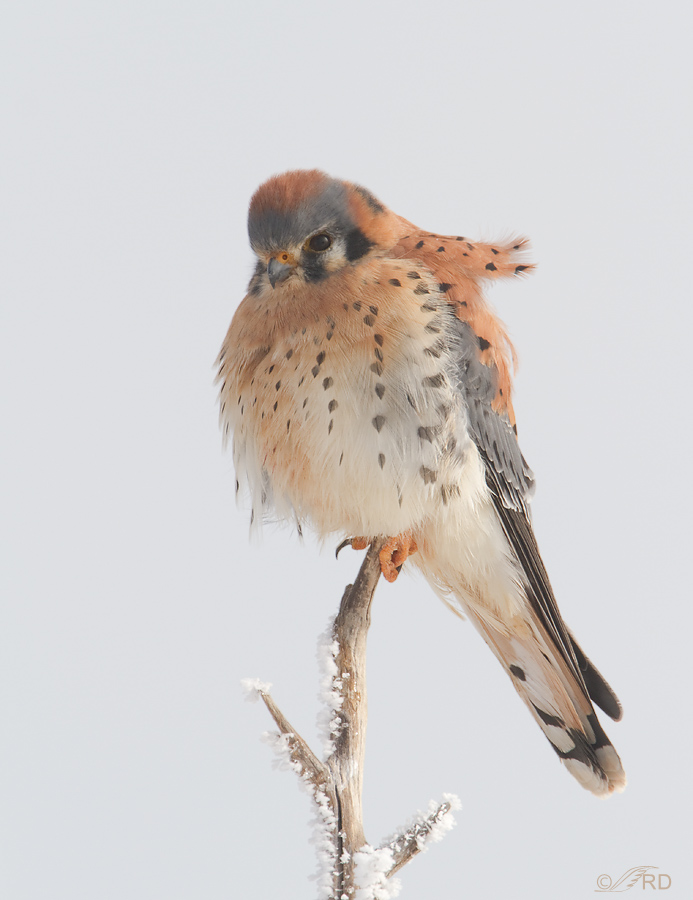
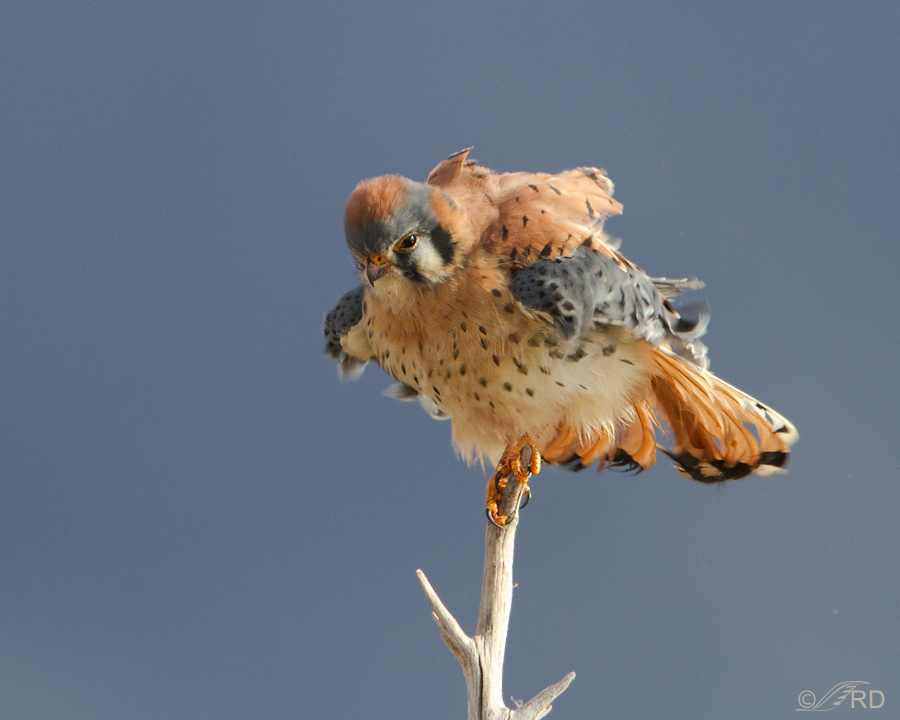
That was certainly a nice perch that at times provided a very nice background as well, Kestrels have a very nice color scheme, excellent post.
Beautiful shots. I especially like how the shape of the perch makes the birds grip it in interesting ways. Both the shape and color of the perch really showcase the dexterity and color of the kestrel feet.
Thanks for sharing.
And I can see why. They are amazing photos as always. Thank you megaheaps.
Sorry for the loss Ron, seems almost as bad as loosing a dog.